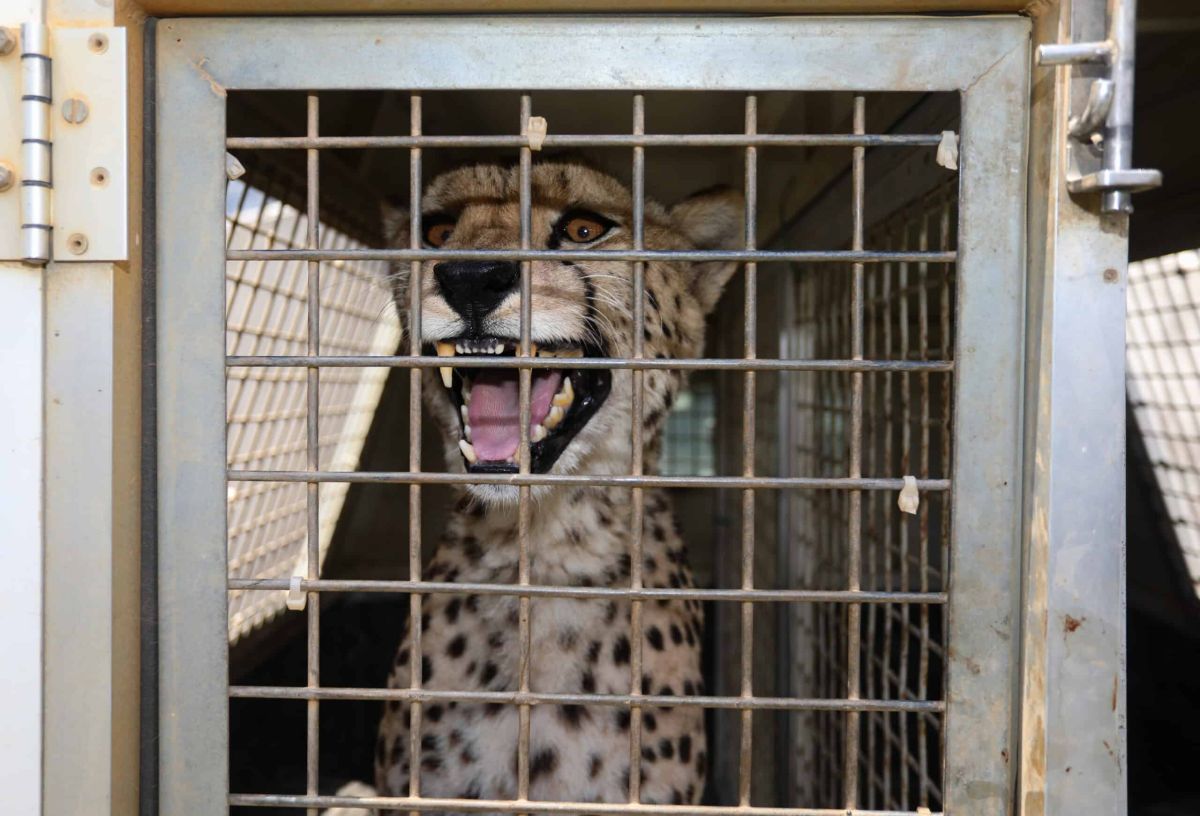Owning Cheetahs – A Status Symbol in the Middle East

In recent years, a remarkable yet concerning trend has emerged in the Middle East: the rise of cheetahs as luxury pets. This phenomenon, which has captivated wealthy individuals across the region, has been highlighted by the Convention on International Trade in Endangered Species (CITES) as a burgeoning threat to the survival of these magnificent animals. As exotic pets gain status as symbols of wealth, the implications for cheetah populations are dire, with the potential for extinction becoming alarmingly real.
The Allure of Exoticism
The allure of owning a cheetah is multifaceted; it encompasses the thrill of possessing a creature known for its unparalleled speed and grace, as well as the status that comes with such an ownership. With prices soaring as high as $10,000 for a single cub, cheetahs have become the ultimate accessory for those seeking to display their affluence. The trend is not solely limited to live animals; there is also an increasing demand for cheetah-skin products, such as shoes and handbags, further exacerbating the issue of wildlife exploitation.
The desire for these exotic pets is underscored by a cultural emphasis on uniqueness and status. In a region where traditional luxury goods are abundant, an exotic pet like a cheetah offers a more visceral symbol of wealth and exclusivity.
The Dark Side of Luxury Ownership
Unfortunately, the glamor of owning a cheetah comes at a steep cost—not just to the animals themselves, but to the ecosystems they inhabit. In a disturbing trend, many cheetah cubs are smuggled into the Middle East from countries like Somalia. Estimates suggest that up to 70% of these cubs die during transit due to the harsh conditions, inadequate care, and stress associated with being transported over long distances.
The plight of cheetahs in the wild is equally disheartening. Current estimates indicate that fewer than 10,000 cheetahs remain in the wild today, a staggering 90% decline in population over the past century. Habitat loss, human-wildlife conflict, and poaching for the illegal pet trade contribute to this decline, creating a precarious future for the species.
Ethical Considerations and Consequences
The growing trend of cheetah ownership raises essential ethical questions surrounding the commodification of wildlife. As cheetahs become associated with luxury and status, the risks of exploitation and inhumane treatment increase. The reality is that cheetahs are not domesticated animals; they have specific social, dietary, and environmental needs that are incredibly challenging to meet in captivity. Many individuals who purchase cheetahs as pets are ill-equipped to provide the necessary care and space required for these wild animals.
Conservation groups are sounding the alarm, emphasizing the need to educate the public about the consequences of these trends. Raising awareness about the critical status of wild cheetahs and advocating for the protection of their natural habitats can play a vital role in turning the tide against the illegal wildlife trade.
Conclusion
As the Middle East grapples with the allure of cheetah ownership, a delicate balance must be struck between human fascination and the responsibility we have to protect endangered species. Education, regulation, and conservation efforts are crucial in addressing the demand for cheetahs as luxury pets. The survival of these extraordinary creatures may depend on our ability to change perceptions, emphasizing that true luxury lies in the preservation of the natural world, rather than in the possession of its most vulnerable inhabitants.



